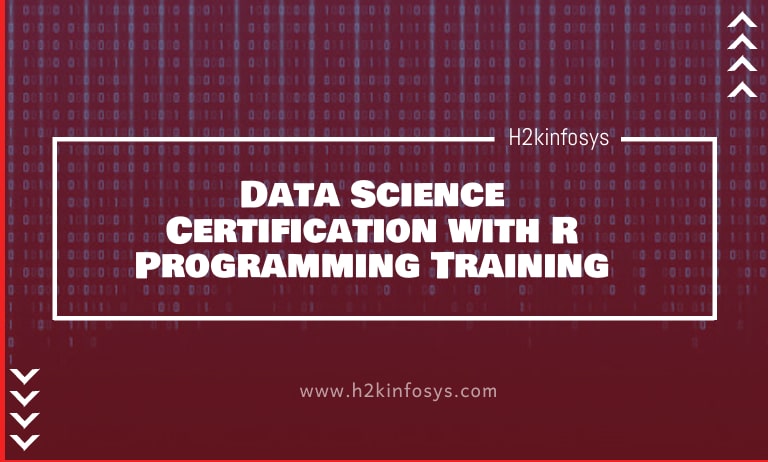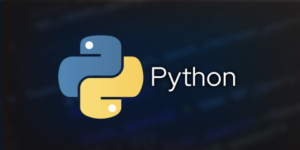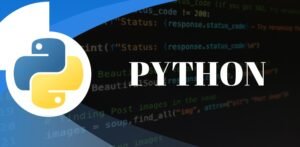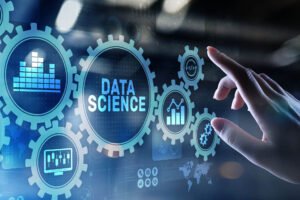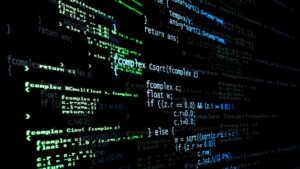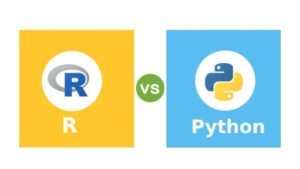As a programming language, R is gaining popularity especially in the fields of data science and data analysis. But as a learner, you need to know how you should make your approach. The hindrance is always the same – going through tons of boring practice problems and coding syntax until you are able to work on your preferred stuff.
Designed for statistical computing, R makes data visualization quite simple yet so powerful to make all kinds of tasks related to data science straightforward. So, how to learn R the most effective way and probably have a career with high salaries in the field of data science? Read on to be guided the right way …
Step 1: Your source of motivation to learn R
What projects will you enjoy developing? What data do you enjoy to work with? You will find all kinds of data scientists out there with a range of projects and problems. Do you want to analyze language or predict the stock exchange market? How about sports statistics?
If you can identify what really motivates you and keeps you interested in learning R, you will never feel any boredom. You can consider any of the areas below:
- Data visualization
- Data analysis/ data science
- Statistics
- Dashboard reports
- Machine learning/predictive modeling
- Reproducible reports
Step 2: Master the core syntax
There is no other way around. As a programming language, Syntax has more importance than the human language because computers are not so skilled at interpreting your code. However, as said before, the learning curves of Syntax are boring and you should not spend much time learning syntax. Instead, focus on learning syntax when working on real-life problems that you find interesting. This way, you won’t have to face the boredom of learning syntax.
Step 3: Structured projects are crucial to work on
When you think you have some idea about Syntax, you can now work on structured projects independently. You will learn a lot with projects because they will allow you to apply your already learnt knowledge while also compelling you to find solutions of problems as you continue. These projects will also give you a base to represent to your employers when hunting for a job.
Do not go for a unique project just yet because you will find it hard to handle, ultimately making you exhausted. Rather, consider structured projects available on many data science programs. They may not let you handle it alone because they are more like open ended rather than being the regular course. But they will still experiment with new problems so you get better at it.
Step 4: Build your own projects
In this stage, you can confidently build your own data science projects. You will not realize how far you have gone until you build something of your own. This will also give you some ideas about what to learn in the next phase. But building your own projects does not mean that you will be working literally on your own. You will still need resources and references found in your course when you will be working towards earning your data science certificate online.
Step 5: Keep learning
When you want to learn data science, you need to know there is always something new to learn. Even if you think you are a master at data visualization, you may not do much when you will be asked to finish five projects in a row. That’s why no matter the programming language you are learning, you will have to keep your updated with the latest frameworks.
Follow these steps and your R programming training will be an easy process for a better future.
